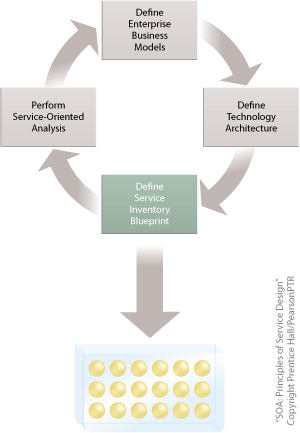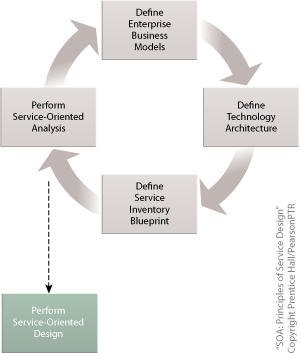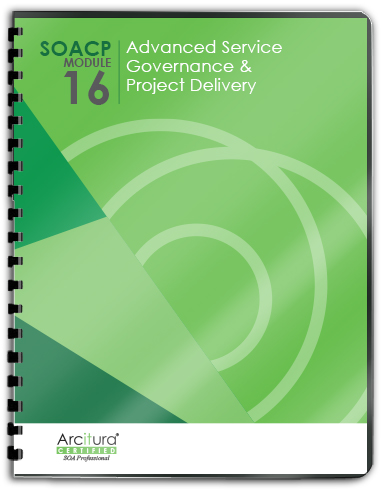SOA Patterns > Basics > SOA Project Fundamentals > Project and Lifecycle Stages > Service Inventory Analysis
Service Inventory Analysis
A service inventory represents a collection of independently standardized, owned, and governed services. The scope of a service inventory is expected to be meaningfully “cross-silo,” which generally implies that it encompasses multiple business processes or operational areas within an organization.
This stage is dedicated to conceptually defining the service inventory so that individual service candidates can be identified and assigned appropriate functional contexts in relation to each other. This ensures that services (within the service inventory boundary) are normalized in that they don’t overlap. As a result, service reuse is maximized and the separation of concerns is cleanly carried out. A primary deliverable produced during this stage is the service inventory blueprint.
The scope of the initiative and the size of the target service inventory tend to determine the amount of up-front effort required to create a complete service inventory blueprint. More up-front analysis results in a better defined conceptual blueprint, which is intended to lead to the creation of a better quality inventory of services. Less up-front analysis leads to partial or less well-defined service inventory blueprints.
The Service Inventory Analysis stage is commonly carried out iteratively as part of the Service Inventory Analysis cycle (Figure 1). This is comprised of an iterative cycle during which the service inventory blueprint is incrementally defined as a result of repeated iterations of steps that include the service-oriented analysis.

Figure 1 – Common process steps for the inventory analysis. Iterations through this cycle result in the definition and population of a service inventory blueprint.
Define Enterprise Business Models
Many of the services that will eventually
be modeled and designed will be
business services responsible for accurately
encapsulating and expressing
business logic. Therefore, a key input
for this process is a comprehensive,
up-to-date set of business models and
specifications (such as business
process definitions, business entity
models, logical data models, etc.). The
amount of business documentation
required is determined by the scope of
the planned service inventory.
Define Technology Architecture
An initial technology architecture
platform is required to understand any features or constraints that could affect the definition
of service candidates. As iterations through the analysis steps are completed,
there is opportunity to refine the planned technology architecture to whatever extent
feasible in response to the evolving complexion of the service inventory blueprint.
Define Service Inventory Blueprint
During the first iteration, the blueprint needs to be established with predefined service
models and a physical service inventory boundary. Subsequently, as the service-oriented
analysis process is carried out for each business process definition, service
candidates are produced and begin populating the inventory blueprint.
Perform Service-Oriented Analysis
This process is explained in the upcoming Service-Oriented Analysis Process section.
Inventory Analysis and Service-Oriented Design
As shown in the figure, service-oriented design represents a separate process that is initiated at whatever point an organization is ready to proceed to the physical design of service contracts. This step is explained separately in the Service-Oriented Design Processes section.

Figure 2 – The service-oriented design process is carried out when the organization has decided it is time to begin creating physical service contract designs.
The scope of the Service Inventory Analysis stage and the resulting service inventory blueprint directly relates to the Balanced Scope consideration explained in the SOA Planning section of this site, under the section The Four Pillars of Service-Orientation.
The enterprise business models referred to in the Define Enterprise Business Models step of the Service Inventory Analysis cycle relate to the artifacts (and associated precepts and processes) covered in the SOA with REST book.


